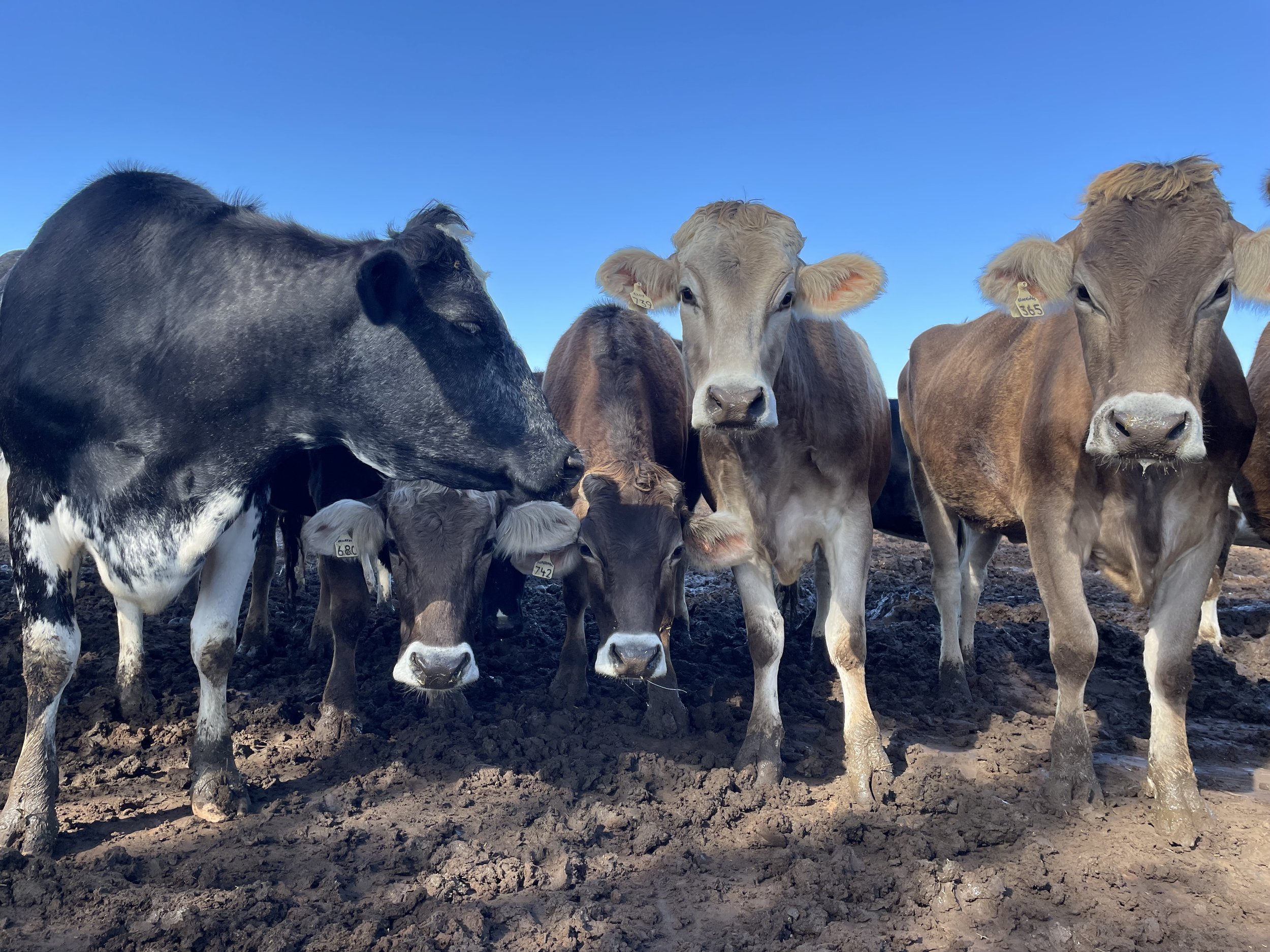How to Manage Your Livestock’s Health in Australia’s Harsh Climate
Australian farmers are no strangers to tough conditions. From scorching summers to long droughts, managing the health of your livestock can be a real challenge. But with the right knowledge and proactive care, you can ensure your animals stay healthy, productive, and comfortable, no matter what the Australian climate throws their way.
1. Hydration is Key
In Australia, the combination of extreme heat and dry conditions can cause dehydration in livestock, leading to weight loss, decreased milk production, and even death. Ensuring your livestock has constant access to clean, fresh water is essential, especially during heatwaves.
Provide Shade: Whether it's natural shade from trees or man-made structures, ensure that your livestock has access to cooler areas where they can escape the harsh sun.
Electrolyte Supplements: In periods of extreme heat or stress, animals can lose electrolytes through sweating and dehydration. Electrolyte supplements added to water can help restore balance and prevent heat stress.
2. Keeping Track of Livestock Health
Keeping an eye on your herd’s health is essential to maintaining a successful farm. Early detection of illness can save you time, money, and potential losses.
Vaccinations and Parasite Control: Make sure your livestock are vaccinated against common diseases including clostridial diseases, leptospirosis and pestivirus. Regular worming treatments and fly control are also important for preventing the spread of parasites.
Weight and Condition Scoring: Monitoring your livestock’s weight regularly is a great way to spot any health issues early on. If animals are losing weight, it could indicate issues like nutritional deficiencies or illness.
3. Nutrition: Adapting to Changing Conditions
The quality of pasture in Australia can fluctuate dramatically, particularly in drought conditions. Adjusting your livestock’s diet to meet their changing nutritional needs is key to ensuring their health and productivity.
Supplementing Feed: During periods of drought, pastures may not be able to provide all the nutrients your livestock needs. Adding supplements such as protein, fibre, and minerals can help maintain their health.
Balancing Diets: For dairy cows, ensuring a balanced diet is essential for milk production. Similarly, for beef cattle, the right feed ensures they reach market weight at the appropriate time.
4. Foot and Hoof Care: Essential for Healthy Livestock
The rugged terrain and dry conditions in parts of Australia can take a toll on your livestock’s hooves and feet. Regular foot checks, particularly for cattle and sheep, are vital to prevent conditions like foot rot and lameness.
Foot Trimming: Regular hoof trimming for cattle and sheep will help prevent damage and infections, especially if they’re grazing on rough or uneven terrain.
5. Breeding and Calving Support
Calving season in Australia can be unpredictable, with farmers often needing to act quickly during difficult births. Early pregnancy testing is essential, as it allows farmers to plan for calving and make preparations for any potential difficulties.
Calving Assistance: Keep an eye out for signs of dystocia (difficult birth), which may require assistance. Having the right equipment on hand and knowing when to call your vet can save both the cow and the calf.
Post-Calving Care: Make sure the cow and calf receive immediate care, including the first feed of colostrum for the calf, which provides vital antibodies. Monitor both mother and calf for signs of distress or illness.

